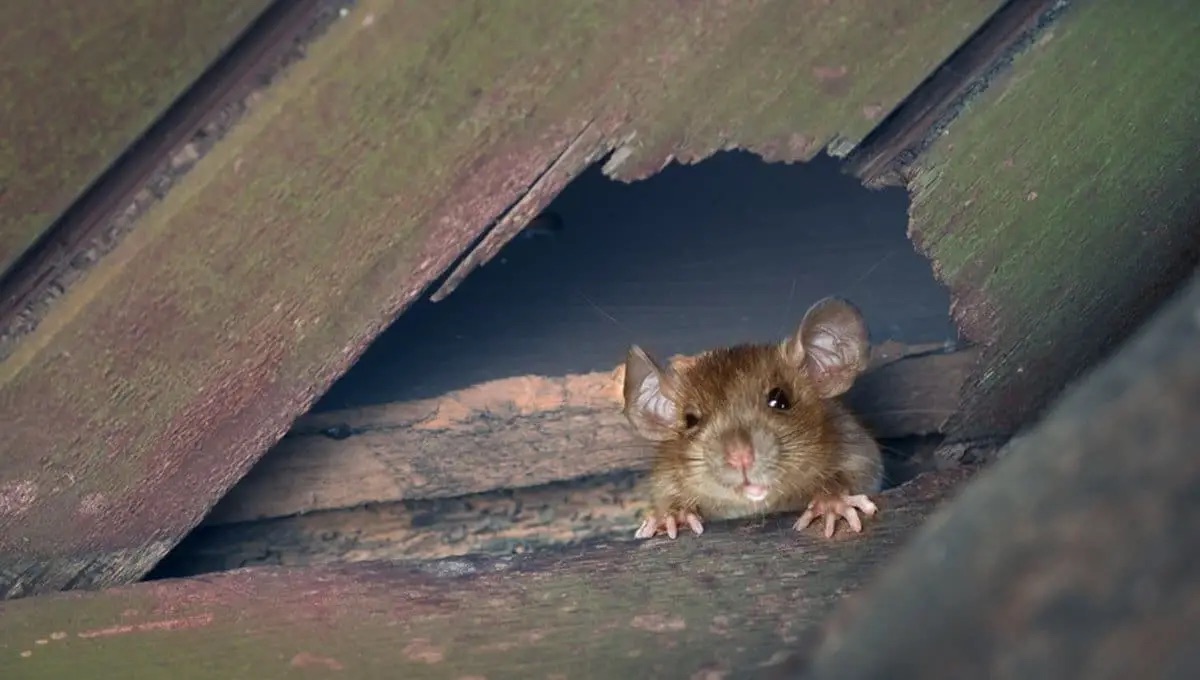

Articles
How To Get Rid Of Mice In The Ceiling
Modified: August 16, 2024
Learn effective methods and strategies to eliminate mice infestation in your ceiling with our informative articles. Safely eradicate these pests and restore peace to your home.
(Many of the links in this article redirect to a specific reviewed product. Your purchase of these products through affiliate links helps to generate commission for Storables.com, at no extra cost. Learn more)
Introduction
Dealing with a mouse infestation in your home can be a frustrating and unpleasant experience. When mice find their way into the ceiling, it can be particularly challenging to get rid of them. Not only can they cause damage to your property, but they can also pose health risks by spreading diseases through their droppings and urine. It’s important to address a mouse problem in the ceiling as soon as possible to prevent further damage and keep your home safe and healthy.
In this article, we will guide you through the steps of getting rid of mice in the ceiling. We’ll cover how to identify signs of mice, locate potential entry points, remove existing mice, seal off access, and implement trapping and prevention methods to keep them from returning. We’ll also provide tips on cleaning and sanitizing the ceiling to eliminate any traces of mouse activity and discuss monitoring strategies to ensure long-term prevention.
Before we delve into the specific steps, it’s important to understand the nature of mice and the reasons they may find their way into your home’s ceiling. Mice are small, agile creatures that can squeeze through tiny openings and navigate their way through structures in search of food, water, and shelter. They are attracted to warm and cozy environments, making the ceiling an appealing place to nest and breed.
Mice are nocturnal creatures, meaning they are most active at night. You may hear scratching sounds, squeaking, or running noises coming from the ceiling during this time. These are telltale signs that mice have taken up residence in your home. Additionally, look out for droppings, chewed wires or insulation, and gnaw marks on wood or plastic surfaces. These are all indicators of a mice infestation.
Identifying the entry points through which mice are entering your ceiling is crucial for effective removal and prevention. These can be small cracks or gaps in the walls, vents, pipes, or wiring that mice can exploit. By locating and sealing these entry points, you can significantly reduce the chances of mice finding their way back into your home.
Once you have identified the signs and entry points, it’s time to take action to remove the existing mice. There are various methods you can use, including traps, baits, and natural deterrents. We’ll explore these options in more detail later in the article.
After removing the mice, it’s essential to seal off the entry points to prevent future infestations. This involves using sealants, wire mesh, or other suitable materials to close off any gaps or openings that could serve as entryways for mice.
In addition to sealing off entry points, implementing trapping and prevention methods can help keep mice at bay. This includes using traps strategically placed near potential mouse pathways, removing sources of food and water, and maintaining cleanliness to eliminate attractants.
Finally, thoroughly cleaning and sanitizing the ceiling is necessary to ensure the removal of any urine, droppings, or other debris left behind by the mice. This step will not only eliminate odors but also minimize the risk of disease transmission and prevent further attractions for pests.
By following these steps and adopting proactive monitoring practices, you can effectively get rid of mice in your ceiling and safeguard your home from future infestations. So, let’s dive in and explore each of these steps in detail to help you address this common household problem.
Key Takeaways:
- Don’t let mice in your ceiling ruin your home! Learn how to identify, remove, and prevent infestations with our comprehensive guide. Keep your home safe and healthy with proactive mouse control strategies.
- From sealing entry points to cleaning and monitoring, our guide provides step-by-step solutions for getting rid of mice in the ceiling. Take control of your home and prevent future infestations with our expert tips.
Read more: How To Get Rid Mice In Chimney
Understanding the Problem
Before we delve into the process of getting rid of mice in the ceiling, it’s essential to understand the nature of the problem. Mice infestations can occur in any home, regardless of its age or location. Understanding the reasons behind the infestation can help you implement more effective solutions.
Mice are small rodents that are attracted to warm and comfortable environments, making your home’s ceiling an ideal nesting place. They seek shelter, food, and water, and the spaces between walls and in the attic provide them with the perfect conditions. Once mice find their way into the ceiling, they can quickly multiply, creating a larger problem if not addressed promptly.
There are numerous factors that can contribute to a mouse infestation in your ceiling:
- Access Points: Mice can enter your home through small gaps, cracks, or holes in walls, vents, pipes, and electrical wiring. They have flexible bodies that allow them to squeeze through openings as small as a quarter-inch in diameter.
- Attractants: Mice are attracted to sources of food, water, and warmth. They will actively search for these resources, and if your home provides easy access to them, it becomes an attractive location for rodents.
- Neighborhood Environment: If your neighbors have a mouse problem or if there are nearby sources of food, such as restaurants or garbage cans, mice may be more likely to enter your home in search of these resources.
- Structural Damage: Damage to the structure of your home, such as loose siding or a damaged roof, can create entry points for mice.
- Poor Sanitation: A lack of cleanliness and proper sanitation can attract mice to your home. Food crumbs, spills, and garbage left uncovered serve as potential food sources, encouraging mice to enter and establish nests in your ceiling.
It’s important to note that mice infestations are not caused by poor hygiene alone. Even the cleanest homes can be targeted by these agile pests. However, maintaining cleanliness and implementing preventive measures can significantly reduce the risk and severity of the problem.
Understanding the reasons behind a mouse infestation can help you take appropriate actions to prevent future occurrences. By addressing these factors and implementing preventive measures, you can create an environment that is less attractive to mice, reducing the likelihood of them entering your home and nesting in the ceiling.
Now that we have a better understanding of the problem, let’s move on to identifying the signs of mice in the ceiling.
Signs of Mice in the Ceiling
Identifying the signs of a mice infestation in your ceiling is crucial for taking appropriate measures to address the problem. While mice are nocturnal creatures and are most active at night, there are several signs you can look out for that indicate their presence:
- Noises: You may hear scratching, scampering, or squeaking sounds coming from the ceiling during the night. Mice are agile climbers and can move quickly through walls and ceilings, creating noticeable noises as they do so. These noises often indicate the presence of mice in your ceiling.
- Droppings: Mice leave behind droppings, which are small, cylindrical pellets that resemble grains of rice. These droppings are usually dark brown or black in color and can be found near their nesting areas or along their frequently traveled paths.
- Gnaw Marks: Mice have a constant need to gnaw on objects to keep their teeth from growing too long. Look for gnaw marks on wooden surfaces, plastic materials, or even electrical wires. These marks are a clear indication of mice activity.
- Grease Stains: As mice move through tight spaces, their bodies can leave behind greasy smudges or stains on walls and ceilings. These stains can appear as streaks or smears and are a result of the oils on the mouse’s fur rubbing against surfaces.
- Nesting Materials: Mice build nests using various materials found in your home, such as shredded paper, fabric, insulation, and even dried plant matter. If you find these materials in the corners of your ceiling or near entry points, it’s a strong indication of mice nesting in your ceiling.
- Unpleasant Odor: A lingering, musky odor in your home may be a sign of a large mouse infestation. The odor is typically caused by the accumulation of mouse urine and droppings over time. If you notice a distinct smell coming from your ceiling, it’s time to take action.
- Visual Sightings: If you’re lucky, you may spot a mouse scurrying across the floor or climbing up the walls. While these sightings are rare, they are a clear indicator of an existing mouse problem. Pay close attention to any sudden movements or shadows in your peripheral vision.
It’s important to note that constant vigilance and thorough inspection are needed to identify these signs. Mice are skilled at staying hidden, and their nocturnal nature adds to the challenge of spotting them. Therefore, if you notice any of the above signs, it’s advisable to take immediate action to remove the mice and prevent further infestation.
Now that we know how to identify the signs of mice in the ceiling, let’s move on to the next step: identifying potential entry points.
Identifying Potential Entry Points
Identifying potential entry points is a crucial step in addressing a mice infestation in the ceiling. Mice are excellent climbers and can enter your home through small cracks, gaps, or openings in walls, vents, pipes, and electrical wiring. By locating and sealing these entry points, you can prevent further access for mice and minimize the risk of future infestations.
Here are some common areas to inspect for potential entry points:
- Wall Openings: Check for any cracks or gaps in the walls, especially around the baseboards, corners, and window frames. Mice can squeeze through tiny openings, so even the smallest gaps need to be addressed.
- Wiring and Pipe Openings: Mice can use electrical wiring or pipes as pathways to access your home. Inspect areas where these enter your ceiling or walls, and seal any gaps or openings around them.
- Vents and Ventilation Openings: Examine vents, grilles, and any other openings in your ceiling or walls designed for ventilation. Mice can easily squeeze through these, so make sure they are properly secured with mesh screens or covers.
- Roof and Siding: Inspect your roof and siding for any damage or gaps that could provide entry points for mice. Check for loose or missing shingles, deteriorated flashing, or cracks in the siding, and fix them promptly.
- Doors and Windows: Ensure that doors and windows are properly sealed and fit snugly in their frames. Install weatherstripping or door sweeps if necessary to prevent mice from entering through gaps.
- Pipes and Plumbing: Seal openings around pipes, plumbing fixtures, and utility entries. Use caulk or expanding foam to fill any gaps or holes that mice can use as access points.
When inspecting for potential entry points, keep in mind that mice are excellent climbers and can access your home from the ground level as well. Therefore, it’s essential to examine the exterior of your home for any gaps or openings near the foundation, as mice can make their way up to the ceiling through walls or crawlspaces.
Once you have identified the potential entry points, it’s time to move on to the next step: removing the existing mice from the ceiling.
Removing Existing Mice
Removing existing mice from the ceiling is the next step in effectively addressing a mice infestation. There are various methods you can use to eliminate mice, depending on your comfort level and the severity of the infestation. It’s important to choose a method that is humane and effective in order to ensure the successful removal of the mice.
Here are some effective methods for removing mice from the ceiling:
- Traps: Traps are widely used for capturing mice in a safe and humane manner. Snap traps, live traps, and glue traps are common options. Snap traps are designed to kill mice instantly, while live traps allow you to capture them alive so that they can be released outdoors. Glue traps, on the other hand, capture mice by immobilizing them on a sticky surface. Place the traps strategically near areas of activity, such as along pathways or near entry points.
- Baits and Poisons: Another option is to use bait stations or poisons designed specifically for mice. These products contain substances that attract mice, leading them to consume the bait or poison. However, it’s important to use caution when using poisons, as they can pose risks to other animals or children if not handled properly. If you choose to use this method, follow the instructions carefully and keep the bait or poison away from pets and children.
- Natural Deterrents: Some people prefer to use natural deterrents to repel mice from their ceiling. Peppermint oil, for example, is known to have a strong scent that mice dislike. Soaking cotton balls in peppermint oil and placing them near entry points or areas of activity may discourage mice from staying in your ceiling. Other natural deterrents include ultrasonic devices or homemade repellents made with ingredients like vinegar or ammonia.
When using traps or baits, it’s important to be patient and persistent. Mice are wary creatures, and it may take time for them to become comfortable enough to approach the traps or consume the bait. Check the traps regularly and dispose of captured mice promptly and safely. If you opt to use natural deterrents, be aware that their effectiveness may vary, and you may need to experiment with different methods to find what works best for your situation.
Remember, removing existing mice is just the first step in dealing with a mice infestation. It’s crucial to prevent future re-infestation by sealing off entry points and implementing trapping and prevention methods, which we’ll discuss in the following sections.
Now that we’ve addressed the removal of existing mice, let’s move on to the important task of sealing off entry points to prevent further infestations.
Seal any entry points in the ceiling with steel wool or wire mesh to prevent mice from entering. Use traps or bait stations to catch and eliminate existing mice. Keep the area clean to remove potential food sources.
Read more: How To Get Rid Of Mice In Basement
Sealing Entry Points
Sealing off the entry points is a crucial step in preventing future infestations of mice in the ceiling. Mice are skilled at finding small gaps and openings through which they can enter your home. By effectively sealing these entry points, you can significantly reduce the chances of mice finding their way back into your ceiling.
Here are some steps to follow when sealing entry points:
- Inspect: Thoroughly examine your home, focusing on areas where mice are likely to enter, such as walls, floors, windows, doors, and utility openings. Look for any cracks, gaps, or holes that mice could use as access points.
- Caulk and Seal: Use a high-quality caulk to seal small cracks and gaps in walls, particularly around baseboards, windows, and door frames. Apply the caulk smoothly and evenly to ensure a tight seal. For larger openings, consider using expandable foam insulation or stuffing them with steel wool, as mice cannot chew through it.
- Mesh Screens: Install mesh screens or covers over vents, grilles, and other openings in ceilings or walls. The mesh should be fine enough to prevent mice from squeezing through, while still allowing for proper airflow. Secure the screens or covers tightly to ensure they are firmly in place.
- Weatherstripping: Install weatherstripping around doors and windows to eliminate gaps and create a tight seal. This will not only prevent mice from entering but also help with energy efficiency and insulation.
- Maintain Exterior: Inspect the exterior of your home for any damage or openings that mice could utilize to gain access. Repair any loose siding, broken shingles, or damaged vents to ensure there are no entry points from the outside.
- Foundation Maintenance: Ensure that the perimeter around your home’s foundation is clear of debris and vegetation. Trim shrubs and tree branches away from the house to eliminate potential pathways for mice.
It’s important to be thorough and meticulous when sealing entry points. Remember that mice can squeeze through very small openings, so even the smallest gaps need to be addressed. Take the time to carefully inspect and seal all potential entry points to ensure the effectiveness of your prevention efforts.
In addition to sealing off entry points, it’s important to implement trapping and prevention methods to deter mice from returning to your ceiling. We’ll explore these methods in the following sections.
Now that we’ve covered sealing entry points, let’s move on to trapping and prevention methods to further keep mice at bay.
Trapping and Prevention Methods
Implementing trapping and prevention methods is essential to effectively keep mice at bay and prevent them from returning to your ceiling. By combining these strategies, you can create an environment that is less attractive to mice and minimize the risk of future infestations.
Here are some effective trapping and prevention methods to consider:
- Strategic Traps: Continue using traps strategically placed near potential mouse pathways, known entry points, or areas of activity. Snap traps and live traps are commonly used. Remember to place bait such as peanut butter or chocolate near the trap to attract mice. Check and empty traps regularly to maintain their effectiveness.
- Remove Attractants: Ensure that your home is free from sources of food and water that can attract mice. Keep countertops clean and store food in airtight containers. Sweep and vacuum regularly to remove crumbs and spills. Fix any leaky pipes or faucets to eliminate water sources.
- Maintain Cleanliness: Proper sanitation is key to preventing mice from infesting your home. Regularly clean and declutter your home, paying specific attention to areas prone to mouse activity, such as cabinets, pantry, and storage spaces. Remove any debris or potential nesting materials.
- Outdoor Prevention: Take steps to make your home less attractive to mice from the outside. Keep outdoor garbage cans tightly sealed and away from your home. Trim vegetation and clear debris around your property to eliminate potential hiding places and pathways for mice to enter.
- Use Repellents: Consider using natural mouse repellents to further discourage mice from entering your home. Peppermint oil and used cat litter are known to be effective deterrents. Place cotton balls soaked in peppermint oil or sprinkle used cat litter near potential entry points or areas of activity. Just remember to regularly replace the cotton balls or cat litter to maintain their potency.
- Professional Assistance: If you’re dealing with a severe or persistent mice infestation, it may be necessary to seek professional assistance. Pest control experts have the knowledge and experience to assess the situation, implement effective trapping and prevention methods, and ensure long-term pest management.
Remember, prevention is key when it comes to mice infestations. By implementing these trapping and prevention methods, you can significantly reduce the chances of mice returning to your ceiling. Stay proactive and vigilant in maintaining a clean and mouse-proof environment.
Now that we’ve covered trapping and prevention methods, it’s important to address the cleaning and sanitizing of the ceiling to eliminate any traces of mouse activity. We’ll explore this in the following section.
Cleaning and Sanitizing the Ceiling
Thoroughly cleaning and sanitizing the ceiling is an important step in addressing a mouse infestation. By eliminating any traces of mouse activity, you not only remove potential health hazards but also make your ceiling less attractive for future infestations. Follow these steps to effectively clean and sanitize the affected area:
- Wear Protective Gear: Before starting the cleaning process, ensure you wear appropriate protective gear, including gloves, a face mask, and safety goggles. This will protect you from any potential allergens or contaminants.
- Removing Droppings and Debris: Start by carefully removing any droppings, nests, or debris left behind by the mice. Use disposable gloves and a damp paper towel or disposable cloth to collect and dispose of these materials. Avoid sweeping or vacuuming as this can disperse dust and allergens into the air.
- Cleaning Solution: Prepare a cleaning solution by mixing equal parts of water and a disinfectant cleaner, such as bleach or an antibacterial household cleaner. Alternatively, you can use a mixture of water and vinegar for a natural cleaning solution.
- Wipe Down Surfaces: Dip a clean cloth or sponge into the cleaning solution and gently wipe down the ceiling surfaces. Pay extra attention to areas with visible stains or smear marks. Be cautious not to saturate the ceiling, as excessive moisture can lead to damage or mold growth.
- Rinse and Dry: After wiping down the surfaces, rinse the cloth or sponge with clean water and go over the ceiling again to remove any remaining cleaning solution. Use a clean, dry cloth or towel to remove excess moisture. Open windows or use fans to ensure proper ventilation and help speed up the drying process.
- Deodorize: To eliminate any lingering odors, consider using an odor-neutralizing spray or sprinkle baking soda on the ceiling. Leave it for a few hours or overnight before vacuuming it up. This will help freshen up the space and reduce any residual mouse odors.
- Dispose of Cleaning Materials: Properly dispose of any used cleaning materials, disposable gloves, and masks in a sealed plastic bag. This will prevent any potential contamination or spread of allergens.
It’s important to note that if the mouse infestation was severe or if you are unsure of the extent of the contamination, it may be advisable to seek professional cleaning services. They have the expertise and equipment to ensure thorough cleaning and sanitization, especially in hard-to-reach areas.
By following these steps and thoroughly cleaning and sanitizing the ceiling, you eliminate any potential health risks and help create an inhospitable environment for future mouse infestations.
Now that we’ve covered cleaning and sanitizing, let’s move on to the last step in effectively dealing with mice in the ceiling: monitoring for future activity.
Monitoring for Future Activity
Once you have successfully dealt with a mouse infestation in the ceiling and taken all the necessary steps to remove the pests and prevent their return, it’s important to monitor for any signs of future activity. Being vigilant and proactive in monitoring will help you catch any potential re-infestation early on, allowing you to address it before it becomes a significant problem.
Here are some steps to take in monitoring for future mouse activity:
- Regular Inspections: Continue to periodically inspect the ceiling and surrounding areas for any signs of mice. Look out for droppings, gnaw marks, greasy stains, or any unusual noises. Early detection is key in preventing a small issue from turning into a full-blown infestation.
- Traps: Keep a few traps in place as a precautionary measure. Periodically check the traps to see if they have caught any mice. If you notice any captures, it’s important to investigate further to determine if there is an active infestation that needs to be addressed.
- Seal Maintenance: Regularly inspect and maintain the integrity of the sealant and mesh screens used to block entry points. Over time, sealants can deteriorate or gaps may reappear, providing opportunities for mice to re-enter your home. Address any gaps or openings promptly to prevent re-infestation.
- Safeguard Food and Water: Continue to practice proper food and water storage. Ensure that all food containers are sealed tightly, and clean up any spills or crumbs promptly. By removing sources of attraction, you make your home less enticing to mice.
- Outdoor Prevention: Maintain the exterior of your home by keeping the area around the foundation clear of debris and ensuring vegetation is trimmed away from the house. Regularly inspect the exterior for any potential entry points or signs of mouse activity.
- Professional Assistance: If you notice signs of mice returning to your ceiling despite your preventive efforts, it may be necessary to seek professional assistance. Pest control experts can conduct a comprehensive inspection and provide appropriate solutions to address the issue effectively.
By staying proactive in monitoring for future activity, you can quickly identify and address any potential mouse problems before they become a major concern. Regular inspections, maintaining seals, and practicing proper hygiene will go a long way in keeping your home mouse-free.
Remember, prevention is always better than dealing with an infestation. By implementing preventive measures and maintaining good hygiene practices, you can minimize the risk of mice returning to your ceiling or other areas of your home.
Now that we’ve covered monitoring for future activity, let’s conclude our guide to getting rid of mice in the ceiling.
Read more: How To Get Rid Of Brown Spots On Ceiling
Conclusion
Dealing with a mouse infestation in the ceiling can be a challenging and frustrating experience. However, by following the steps outlined in this guide, you can effectively get rid of mice and prevent them from returning. From understanding the problem to identifying signs of mice in the ceiling, locating potential entry points, removing existing mice, sealing off entry points, implementing trapping and prevention methods, cleaning and sanitizing the ceiling, and monitoring for future activity, each step plays a crucial role in addressing and preventing mouse infestations.
Remember to approach the situation with patience and persistence. The removal of existing mice is just the beginning. By sealing off entry points, implementing preventive measures, and maintaining cleanliness, you can significantly reduce the risk of future infestations. Regular inspections and proper monitoring will help you detect and address potential issues early on, avoiding a recurrence of mice in your ceiling.
If your mouse infestation is severe or persists despite your efforts, it’s advisable to seek professional assistance. Pest control experts have the knowledge, expertise, and tools to effectively address the problem and provide long-term solutions.
By taking proactive steps and staying vigilant, you can create a safe and pest-free environment in your home. With proper prevention and maintenance, you can enjoy a clean and mouse-free ceiling, ensuring the comfort and well-being of you and your family.
Remember, the key to successful mouse control is a combination of removing existing mice, sealing off entry points, implementing prevention methods, cleaning and sanitizing, and regular monitoring. By following these guidelines, you can successfully eliminate mice in the ceiling and maintain a pest-free home.
Frequently Asked Questions about How To Get Rid Of Mice In The Ceiling
Was this page helpful?
At Storables.com, we guarantee accurate and reliable information. Our content, validated by Expert Board Contributors, is crafted following stringent Editorial Policies. We're committed to providing you with well-researched, expert-backed insights for all your informational needs.
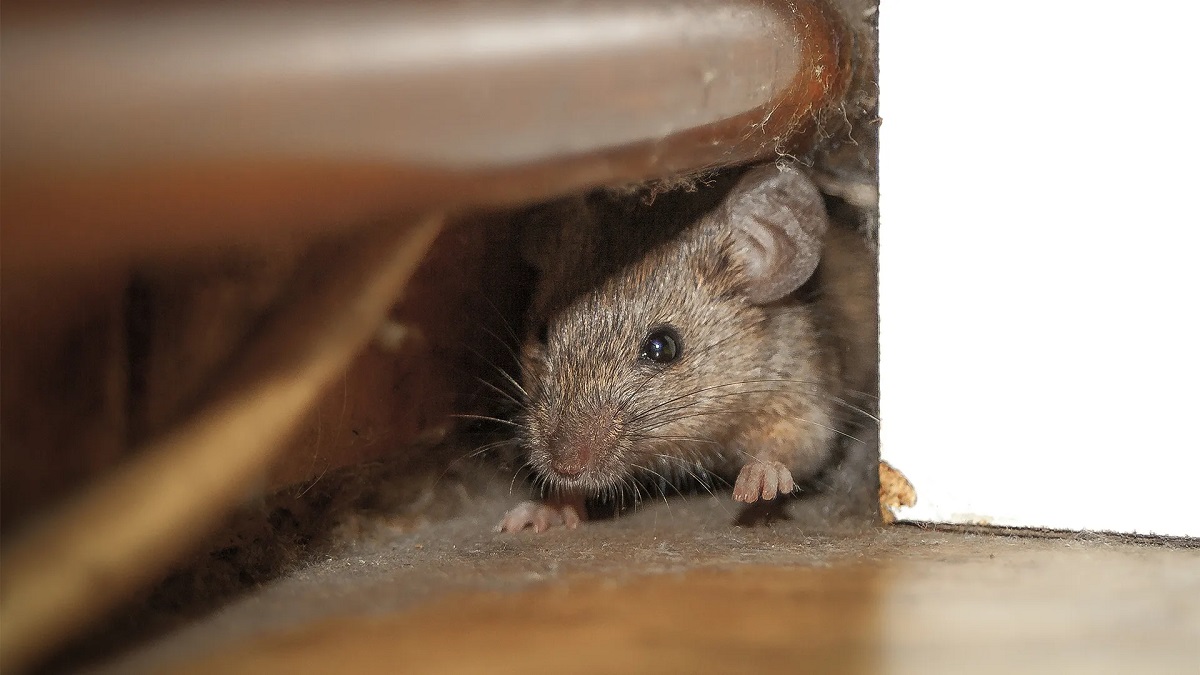
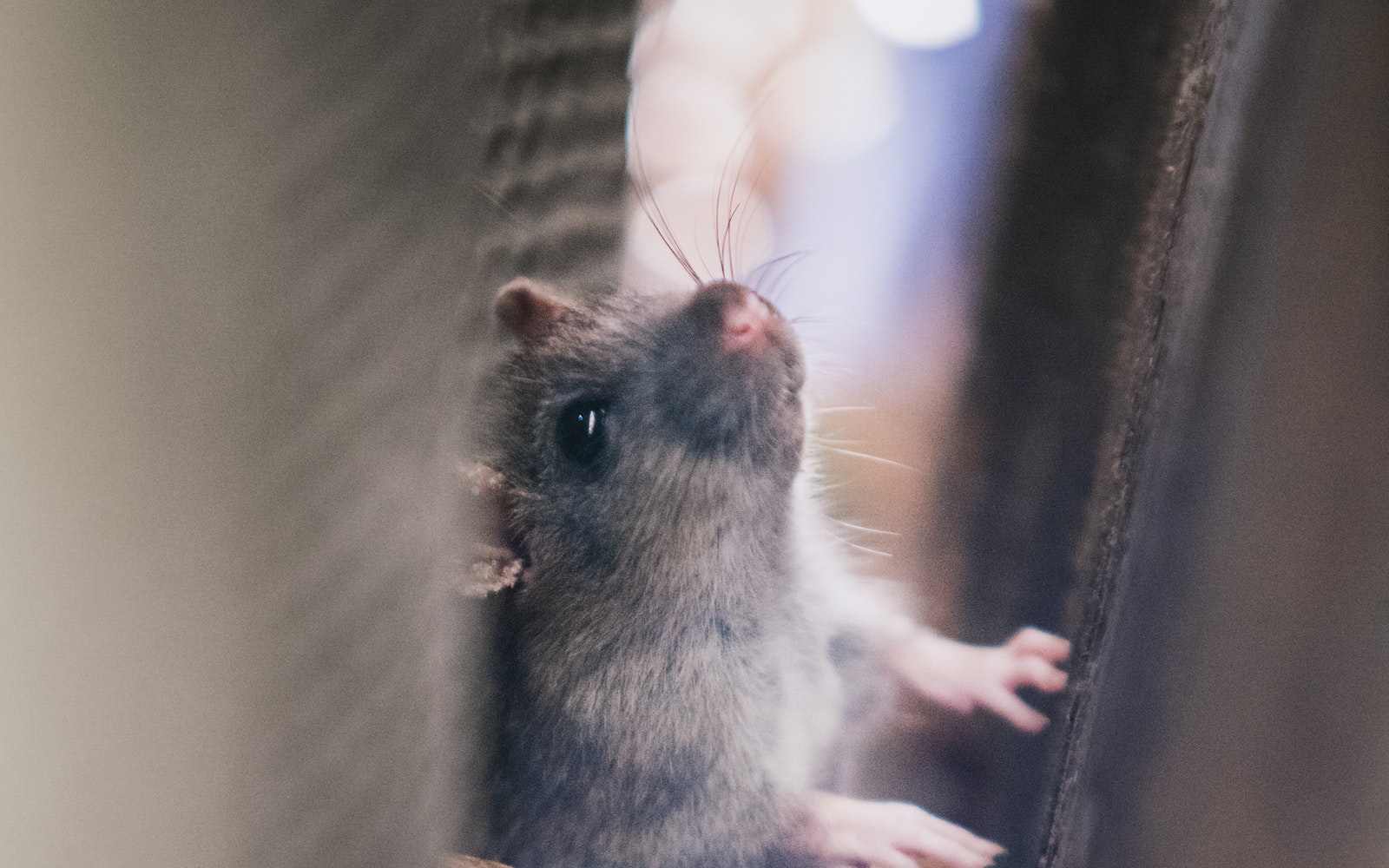
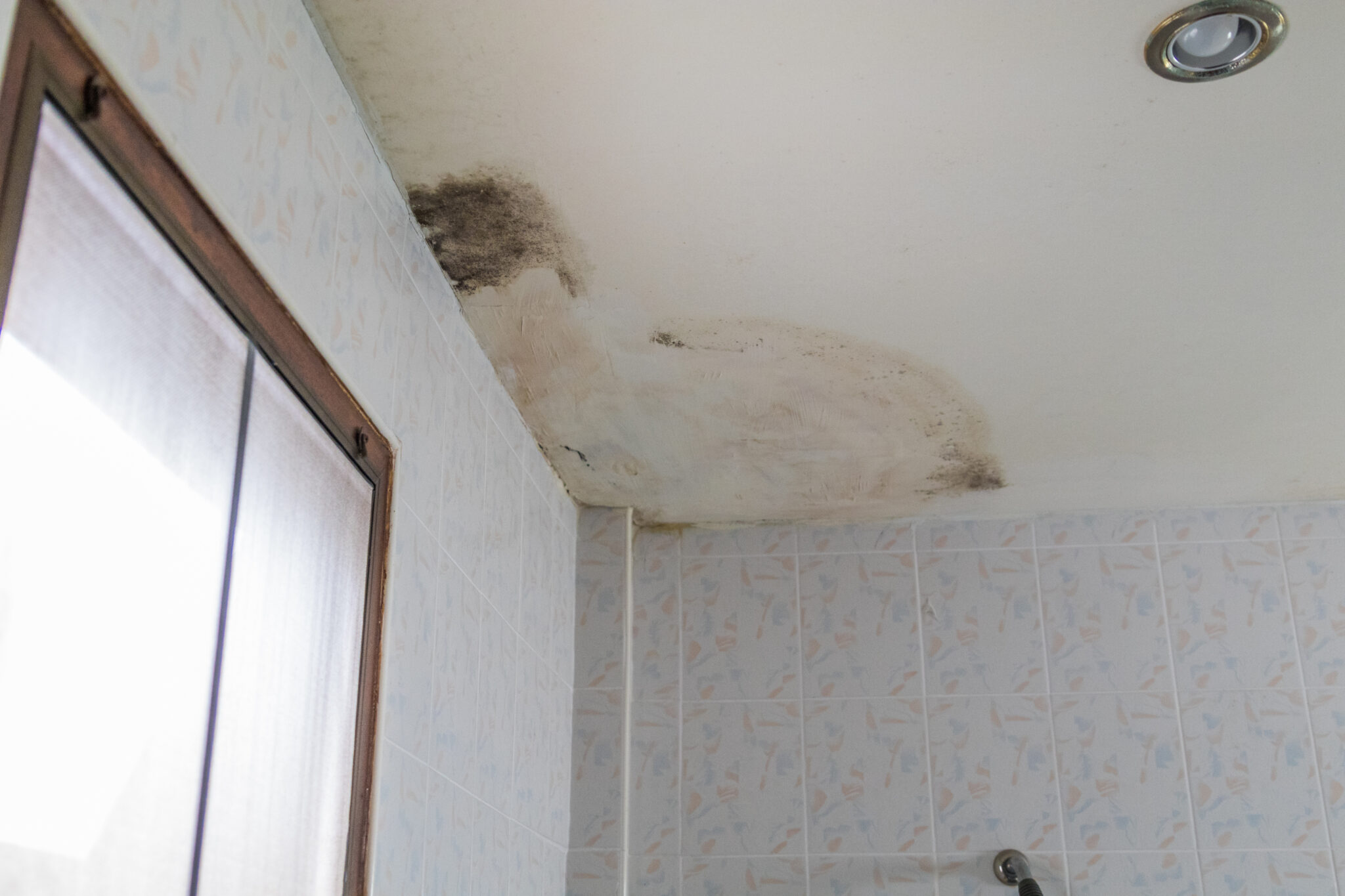

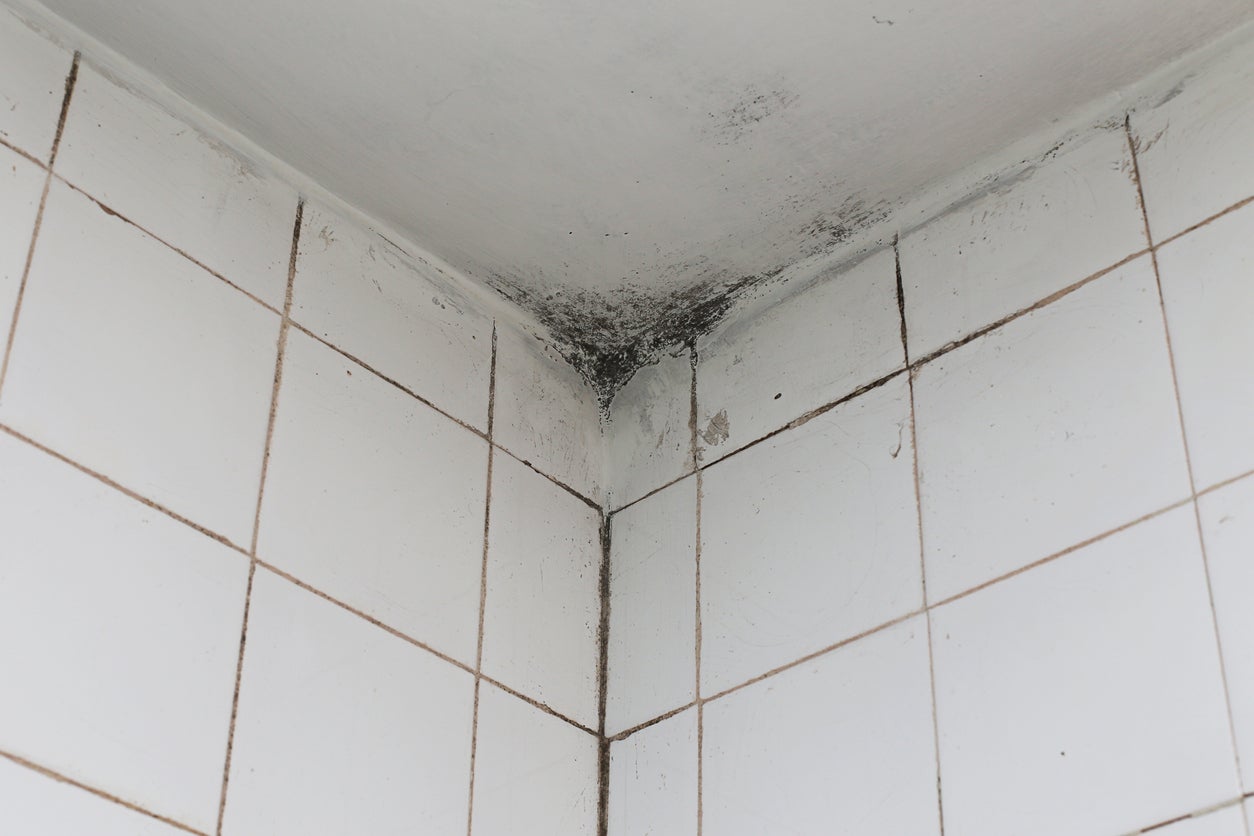
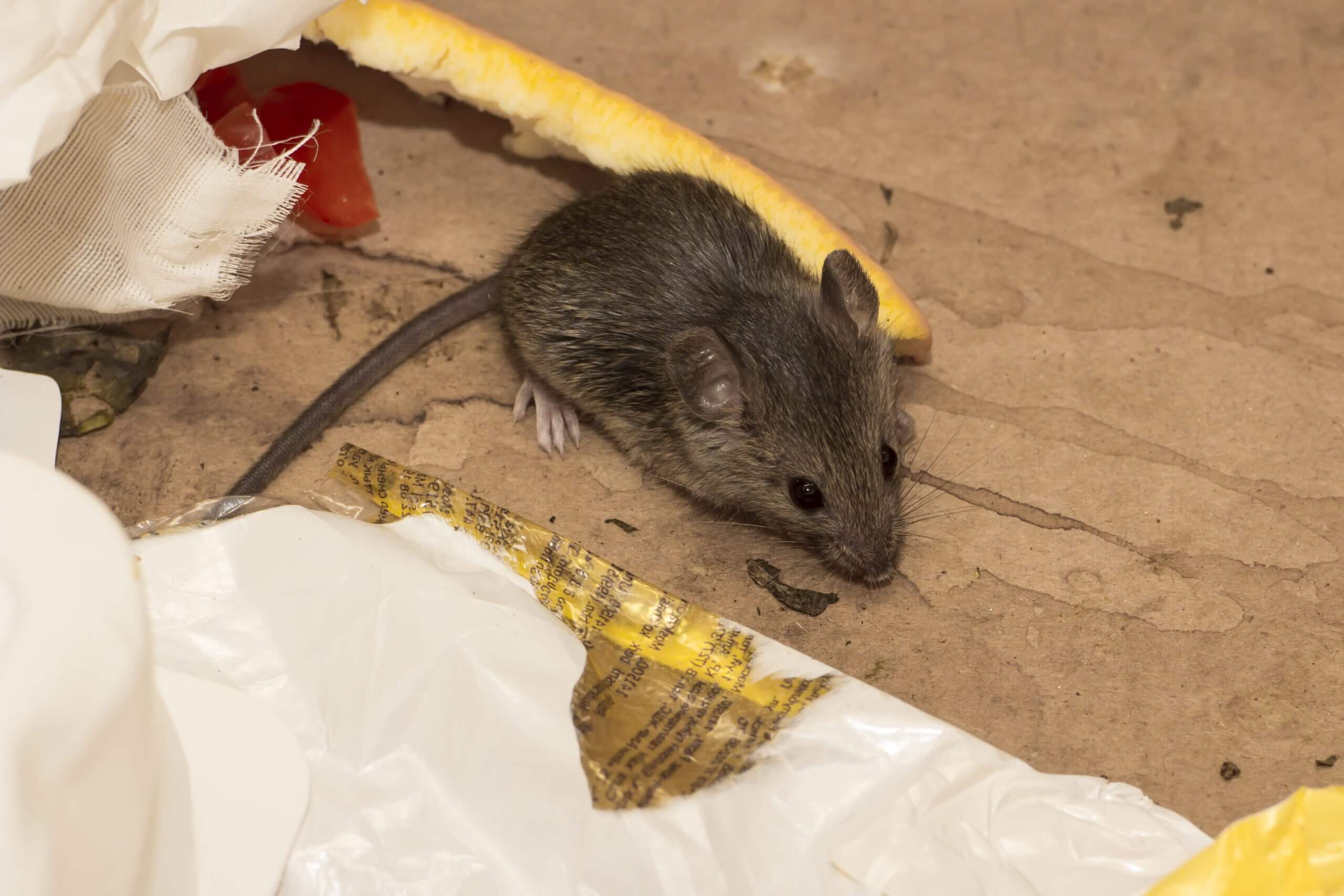
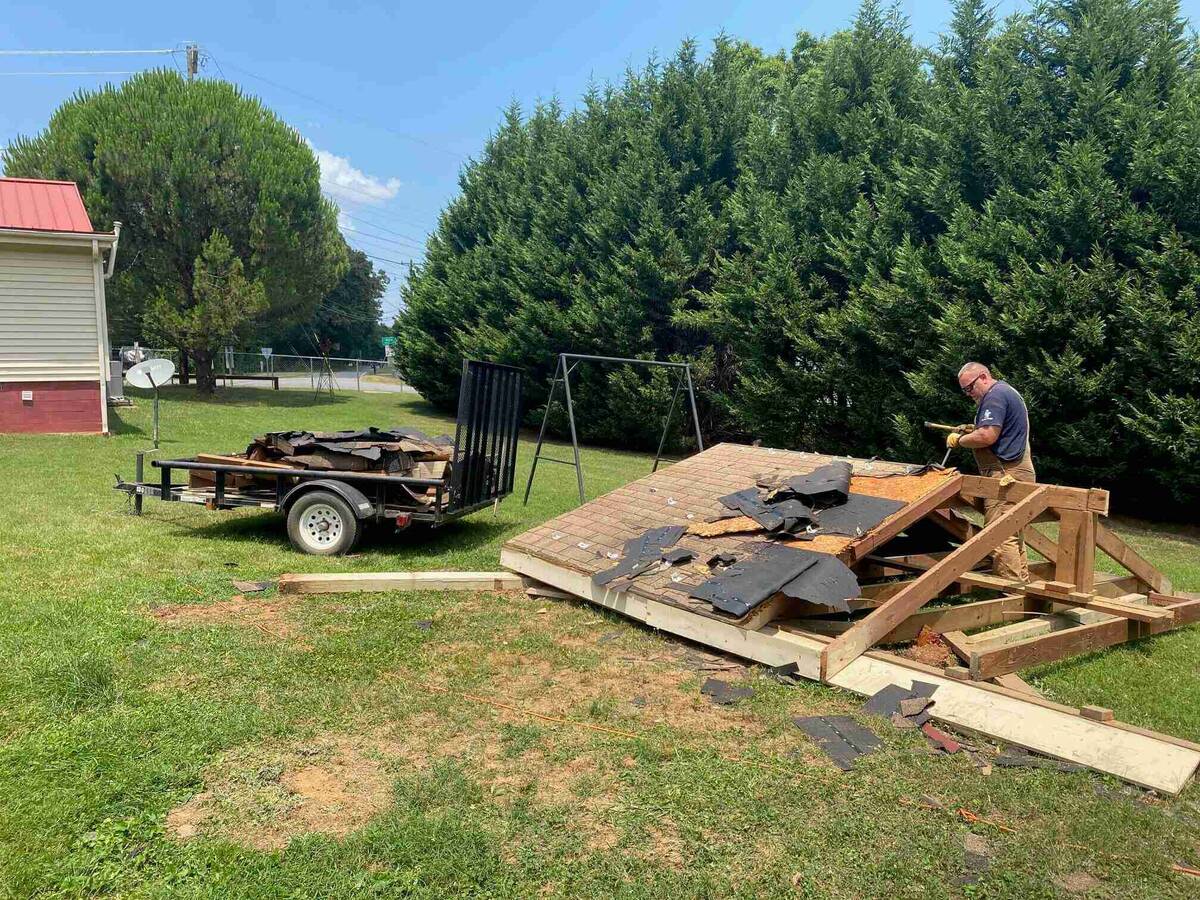







0 thoughts on “How To Get Rid Of Mice In The Ceiling”